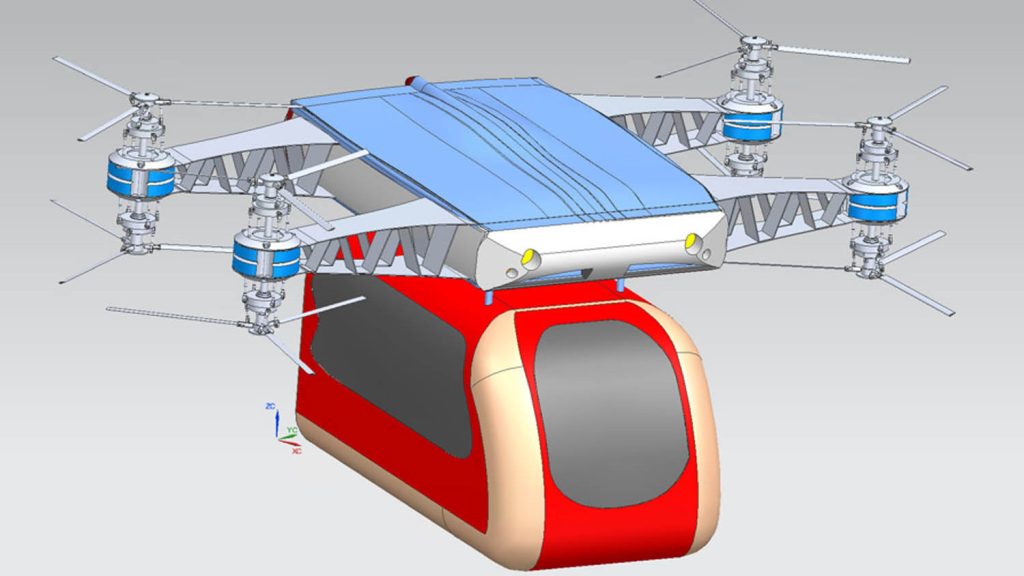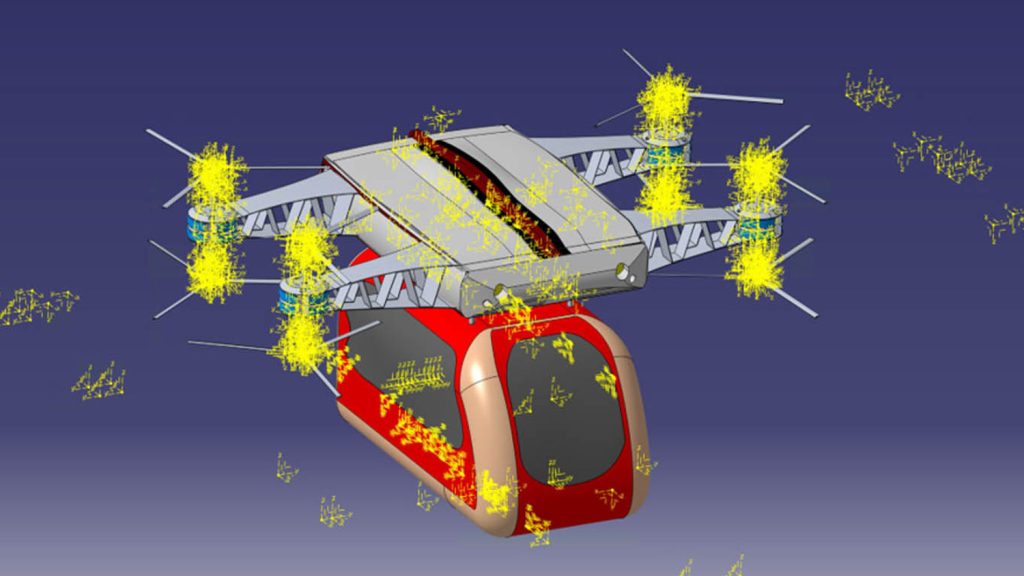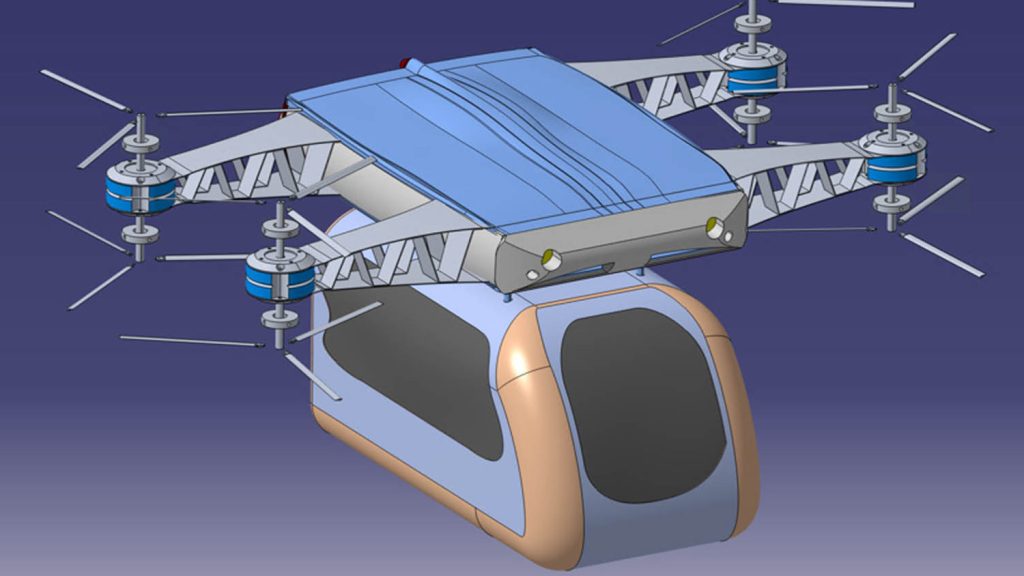CAD data is a valuable resource, but sharing it between suppliers and manufacturers often results in expensive translation work. James Kirkman of CIMPA UK looks at the hidden costs associated with moving CAD data from one system to another
For OEMs and suppliers, the process of sharing CAD files without error, and translating it fron one system to another, remains an expensive business. Many of the associated costs are hidden, making it hard to identify, understand and reduce them. Let’s start by highlighting where many of those costs are found.
First, there are PDQ checks. Here, data quality is checked to ensure that geometry is clean for downstream use and manufacturability. Any data received that has errors may cause downstream problems, so it needs to be checked immediately, at the point of entry, and any errors should be flagged. This can be manually intensive and may involve the purchase of additional CAD licences. If you are receiving data from multiple sources, then each of those will require equivalent licenses. And if that software isn’t part of your core product development workflow, then this is an overhead you could happily live without.
Second, there’s data translation. This is the process of actually translating the data into a format that you use. Again, it can be manually intensive and prone to errors. As we all know, CAD systems all have their differences. To move a CAD model from one software package to another, you need the requisite expertise in both systems. Gaining this expertise isn’t just expensive and timeconsuming. It can also mean your most experienced people are spending their time converting data, rather than working on your core business. They need to remain highly trained in the latest versions of multiple systems to handle the task without adding further errors to the data.
Finally, there’s process control and reporting. What is the process for reporting back to a data supplier that you’ve found errors and asking for new data? How do you ensure that the report has been received by the supplier and the errors have been fixed? What internal processes are in place to prevent error-filled data being used at your organisation? How many errors are you receiving and of what type? How much of your company’s time is all this taking, if you are regularly translating data only to end up sending it back to its supplier? That’s a lot of questions to answer and a lot more tasks to be assigned.
Market responses
Fortunately, the marketplace offers multiple solutions that deliver data exchange capabilities to suit a range of budgets. Many PLM [product lifecycle management] systems have the ability to route data as part of the engineering process. While these capabilities might help with quality control and with monitoring routing processes, they will not necessarily cope with external suppliers, nor with receiving and/or passing data outside of your company.
Likewise, ERP [enterprise resource planning] systems can also route data, but these are typically created to cope with manufacturing, rather than the more flexible process of engineering design. Changing an existing PLM or ERP system might actually introduce costs rather than reducing them – but for challenging and potentially long-term workflows, it’s worth considering.
There are also companies and services that will perform your CAD data exchange as a direct translation service (either in bulk or as individual projects). That said, this approach does not guarantee the quality of the data or help with reporting and routing costs. There may also be data security considerations to weigh up when it comes to some ‘freelance’ web-based services.
Managed complete data translation services, capable of all the above processes do exist, however. At CIMPA, this is what we offer. A service like this will route back individual errors to both you and the customer, or forwards internally to your team. It can be set up to dip into a data repository at both the customer and your own systems, translate the data and populate the correct areas, possibly even fixing the errors at the same time. This approach typically suits larger companies, given the upfront costs involved, and it’s up to the user to choose the services required. However, some of our clients with smaller engineering staff numbers find it beneficial for freeing up their staff to create CAD, rather than waste hours of their experience each week solving problems with it. It’s all about finding the solution that works for you and your budget. There are more options now than ever before, and these can work wonders for both reducing overheads and getting designs to market faster.
 James Kirkman is UK sales account manager for CIMPA UK, which has expertise spanning all the facets of PLM services, from creating or refreshing a PLM strategy, to deploying tools, processes and methods, and educating and assisting users
James Kirkman is UK sales account manager for CIMPA UK, which has expertise spanning all the facets of PLM services, from creating or refreshing a PLM strategy, to deploying tools, processes and methods, and educating and assisting users








